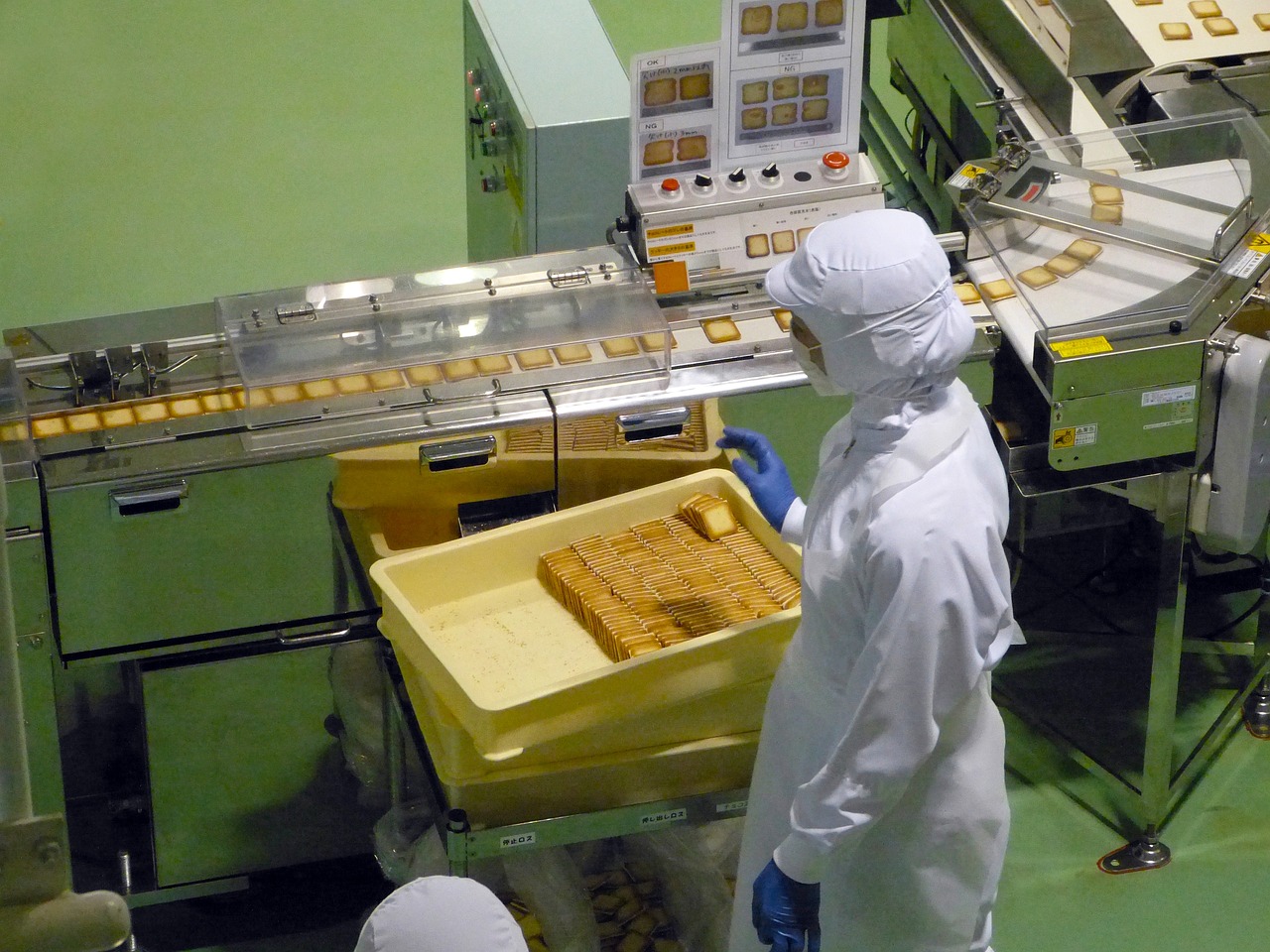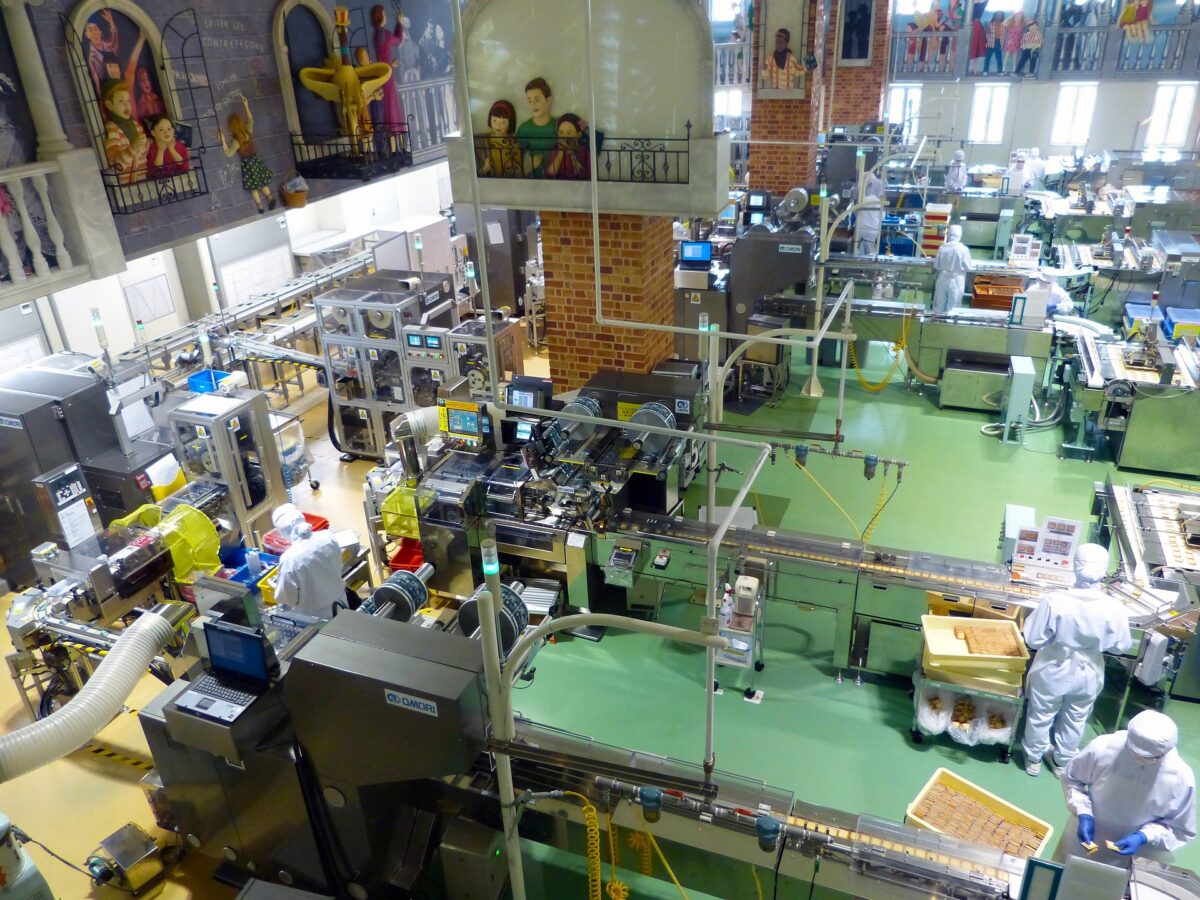In the bustling world of food production, the quest for efficiency is akin to the secret ingredient that elevates success. Automated equipment is a transformative force revolutionizing commercial food manufacturing. These sophisticated machines aren’t just tools. They’re the dynamic engines propelling industry efficiency, precision, and productivity. Some food industries have been using automation for decades, but with technological advancements and the drive for increased efficiency, more industries are turning to automated equipment solutions especially on chocolate production line. In this article, we’ll explore the impact of automated equipment on efficiency in commercial food manufacturing and how it continues to evolve.
The Revolutionary Potential of Automated Equipment
Automated equipment is a game-changer for commercial food manufacturers. It combines the incredible potential of technology, innovation, and artificial intelligence to streamline processes, reduce errors, and enhance productivity. From large-scale production lines to smaller operations, automated equipment can improve efficiency at every level of food manufacturing. One of the most significant advantages of automated equipment is its ability to reduce human error. In an industry where precision and consistency are critical, automated machines can perform tasks with a level of accuracy that surpasses manual labor. This improves the final product’s quality and minimizes waste and rework, ultimately saving time and resources. Moreover, automated equipment has the potential to increase production output significantly. With faster processing speeds and the ability to run 24/7, automation allows manufacturers to meet the growing demand for food products without compromising on quality.
The Expansion of Automation in Food Manufacturing
The capabilities of automated equipment go beyond just streamlining production processes. As technology continues to evolve, so do the functions of these machines. Today, automated equipment can perform complex tasks such as sorting, weighing, packaging, and even inspecting for quality control. This not only frees up human labor for more specialized tasks but also ensures consistency and precision in every step of the manufacturing process. With advances in artificial intelligence, automated equipment is also becoming smarter and more adaptable. In some cases, machines can self-adjust based on data analysis to optimize production processes and minimize downtime. This level of efficiency and adaptability is crucial in an industry where speed and quality are top priorities.

A Sustainable Solution for the Food Industry
Aside from improving efficiency and productivity, automated equipment also has a positive impact on sustainability in the food industry. With precise measurements and controlled processes, machines can reduce waste significantly by using only the necessary ingredients or materials. In addition, automation reduces the need for manual labor, eliminating the risks of workplace injuries and promoting a safer work environment. Furthermore, automated equipment can also contribute to cost savings in the long run as it requires less maintenance and can operate with minimal resources.
In Conclusion
In the tapestry of commercial food manufacturing, automated equipment isn’t just a tool. It’s a catalyst for transformation. It’s the cornerstone of efficiency, precision, and innovation, reshaping the way we produce and consume food. As the industry continues to evolve, the role of automation in enhancing efficiency stands as a testament to its indispensable value.…

